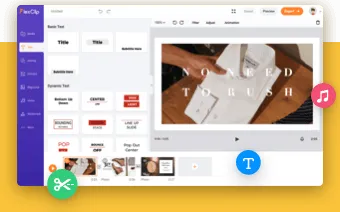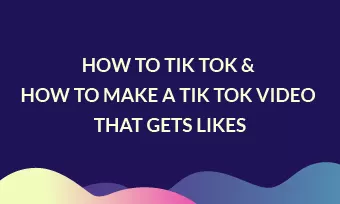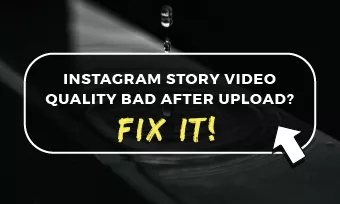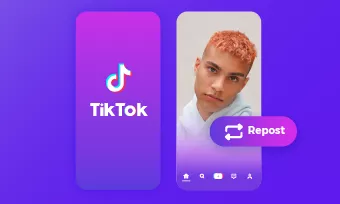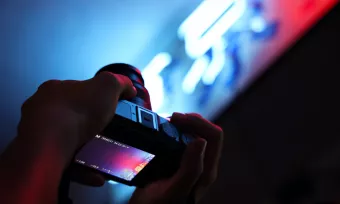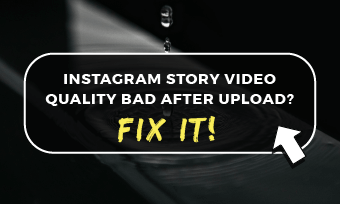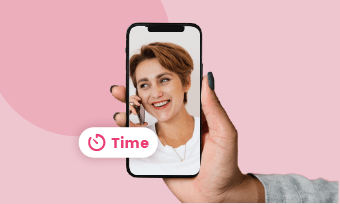Lip sync animation is a term used in matching the movement of the mouth or lips of an animated person singing or speaking. To apply any audio to an animated person is extremely technical, it requires a strong knowledge of the work, good software tools, a lot of drawings. For the lip sync to work, clay puppets, drawings, and electronic avatars (that cannot talk) are meshed when these characters need to say something. But before that, dialogues of those characters need to be analyzed and recorded before they are key-framed or animated into talking.
And because a software tool has a great role to play in this whole animation lip-sync process, you need a good tool to rely on, and that’s where Adobe Animate comes in. Adobe Animate multimedia software is designed by Adobe Inc. for designing quality vector graphics, online animation, video games, TV commercials, website applications, animation for TV, and more.
In another instance, Adobe Animate is a “one-stop choice” for those who want to make the best of animation. It has been named the best tool for publishing animated HTML5 Canvas, SVG animation, and WebGL content. You can also decide to publish a movie, making it suitable to be uploaded on platforms like Vimeo and YouTube.
How to Do a Lip Sync Animation
First, there are things you need before you get started:
This is where you record all the audios you wish to lip sync into those characters you have created using your microphone and your selected recording software.
This is where you need to draw out all the mouth shapes you think you will be needing for your character throughout the animation. And make sure you convert each of them into a graphic symbol.
To achieve this, you need to first name all the mouth symbols according to the sound coloration of those mouths you drew:
Align each of the Mouth symbols in such a way that it is situated at the center of the stage. But you have to make sure that the mouth pose is organized within its Graphic Symbol (as in those mouth shapes you have drawn).
This is when you need to import the pre-recorded audio file you want to integrate into the animated character(s). To do this:
Here is where you need to assign each of the Viseme to individual sound (avatar). To do this:
How to Lip Sync | Adobe Animate Tutorial
Bonus Tip: How to Do Voice-Over for Animated Figures
Voice-Over is a technique mainly used in the production of animated movies, video characters, etc. It is also deployed in filmmaking, theatre, radio, and TV production. This technique requires that the user reads from scripts, after which it will be transferred to different voice actors. There are much software that can serve this purpose, but we’d recommend FlexClip: the world’s best online software tool for voicing over animated figures for its ease-of-use, easy adjustment, HD video quality.
To do voice-over for animated figures, please refer to: Add Voice over to Video
The Bottom Line
Lip sync as we know it is fast augmenting as technologies continue to evolve. Adobe Inc. On their own side are also doing their part through their Adobe animate lip-sync tool. And remember, that you require an average level of creativity especially in drawing to make a good lip-sync animation. It is also worthy of note to add that aside from making good vice-over, FlexClip can also be used in adding transitions, adding animation, and adding background music. Give it a try!


